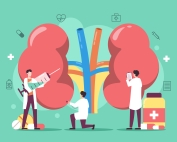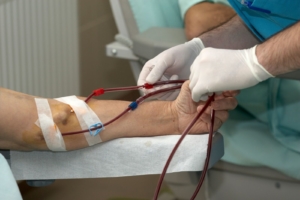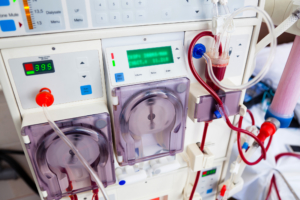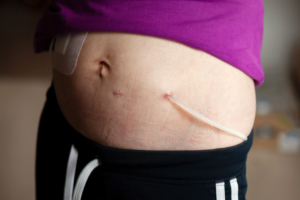Peritoneal Dialysis
Contents:
One of the most common problems with peritoneal dialysis (PD) is the risk of peritonitis. This is when your peritoneum, that natural lining in your stomach, gets infected. This might happen if germs get into your belly through your catheter. There are steps you can take to reduce your risk of getting an infection.
Preventing Infections
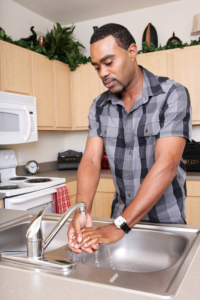
Bad infections can keep you from being able to do the PD treatments you need. To help prevent an infection:
- Learn the right way to do your exchanges
- The staff at your dialysis center can help. Don’t be afraid to ask questions.
- Keep all of your PD supplies in a clean, dry place
- Do all of your exchanges in a clean, dry place
- Always wash your hands before doing an exchange
- Wear a surgical mask when you do exchanges
Alerting Your Doctor
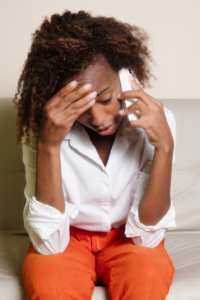 If you think you do have an infection, get treatment quickly. Tell your doctor right away if:
If you think you do have an infection, get treatment quickly. Tell your doctor right away if:
- You see pink or red around your catheter
- You have pain around your catheter
- Your catheter shifts or starts to come out
- Any of the clamps on your catheter break
- Your dialysate looks cloudy
- You have a fever
- You feel very sick or throw up
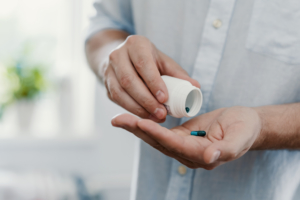 Prevention of Fungal Peritonitis
Prevention of Fungal Peritonitis
The majority of fungal peritonitis cases are preceded by courses of antibiotics – patients with prolonged or repeated courses of antibiotics are at increased risk of fungal peritonitis.


